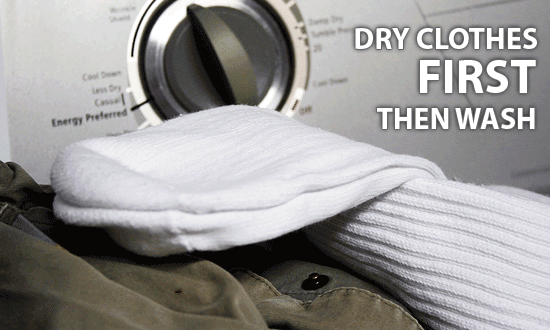PREVENTION
This goes for you and your children as well. The CDC recommends 30% or higher level DEET be applied to skin. These products are not without dispute, many suggest that the chemicals used have harmful effects on the wearer. Other options suggested are picardin and permethrin. These products are used to treat clothing and fabric not skin. Studies have shown that permethrin is poisonous to cats and fish in its liquid form and caution is strongly suggested when treating clothing at home. There are companies who sell pre-manufactured clothing treated with permethrin as well as having the option of sending your own clothing in to be treated by them. There are multiple natural essential oils that have been shown to have a repellent effect on ticks as well. Please do your research and find a product that you feel comfortable with.
HOW TO DO A TICK CHECK

It is why it is important to Tuck your pants into socks and wear long sleeves. If gardening or doing yard work, wearing gloves that go over your wrists and sleeve cuffs is also a good idea to reduce the ticks access to skin.
Now for your initial tick check followed by a shower and another tick check. The second tick check is important insurance.
Pay special attention to certain areas of preference for ticks. Using a hand held mirror check skin folds, hair and awkward locations. You may need help in checking hair and scalp. Ticks will crawl to dark moist areas on your body. This is where you want to look first.
The second place to consider is where your clothing meets the skin.
A tick will crawl until it meets resistance. You will notice on the tick check image that creases behind the knees and those on the arm are highlighted. These are natural barriers where a tick may get delayed and decide to bite.


TICK SAFE FASHION TIPS
A. Wearing a hat and keeping your head covered
B. Light coloured shirt.
C. Light coloured pants
D. Light socks with pants tucked in
E. Pulling back air discourages them from hanging around your ears
F. Tuck shirt into pants
G. Long sleeves
H. Boots to cover feet and bottom of pants
Tick Proofing Your Yard
Reduce risk by safeguarding your yard.
Have a sturdy fence to keep out wildlife.
Keep lawn mowed.
Clean up leaf and plant waste.
Use cedar chips or stone around perimeter to add extra safety.
Keep bird feeders away from pet/children’s areas.
Keep wood pile neatly stacked an in a sunny place.

FINAL THOUGHTS
Being prepared, using bug repellent and dressing properly is the easiest way to reduce the risk.
Do complete tick checks after you have been out in tick turf.
Make sure you have a great pair of needle nose tweezers and magnifying glass handy, along with an antiseptic to clean bite site.
Know what diseases are found in your area and what symptoms they can each create separately and together. Lyme spirochetes are capable of disseminating into the lymphatic system; they frequently act as transporters/vehicles for other viruses, bacteria and parasites, changing the dynamics of those diseases.
Remember that many family physicians do not have updated information on vector borne diseases, providing those with literature can be a great way to start their learning curve. If you believe that you have been exposed to one or many tick borne diseases but cannot find care, please know you are not alone. Locate a support group on line, most states/provinces/countries have charity organizations set up to help.
Regardless of bug repellent, when you return home, vigorously shake out any clothing possible outside. This will help remove any ticks, it is also highly recommended to place clothing worn in a risk area into the dryer for 30+ mins of high heat, to kill off any ticks remaining on clothing. If your clothing is wet, dry then Wash. Studies have shown that ticks are tough and sneaky and can survive both submersion in water and extreme heat if trapped in a folds or seams of fabric.



Remember to wear light coloured clothing, it makes it easier to spot the ticks
Although ticks cannot fly, birds do.
Originally thought to use deer as their main mode of transport, multiple studies have proven that birds and small mammals like mice are favored by ticks.
Bird feeders/baths are wonderful to watch however, they do invite not only birds, but squirrels and chipmunks onto your property. If you have pets that use the yard you may want to consider an alternate location for your feeder, possibly in the front of the home, where there is less pet/human traffic. This will reduce the likelihood of a tick getting on your pet.





Using bug repellent products on your pets is important. There are multiple products that one can consider when wanting to help make your pet a safer companion for you and your family. Collar, bandanas and pet clothing treated with permethrin are great options; there are a host of medications available from your veterinarian as well as natural sprays you can make up at home. Anytime a pet has been out exploring tick habitat (running through grass/brush/forest) make sure you give you pet a thorough tick check.

Ticks like shady areas where there is moisture to keep them from drying out. Best thing you can do is avoid: long grassy area, brush and leaf litter and wood piles.






